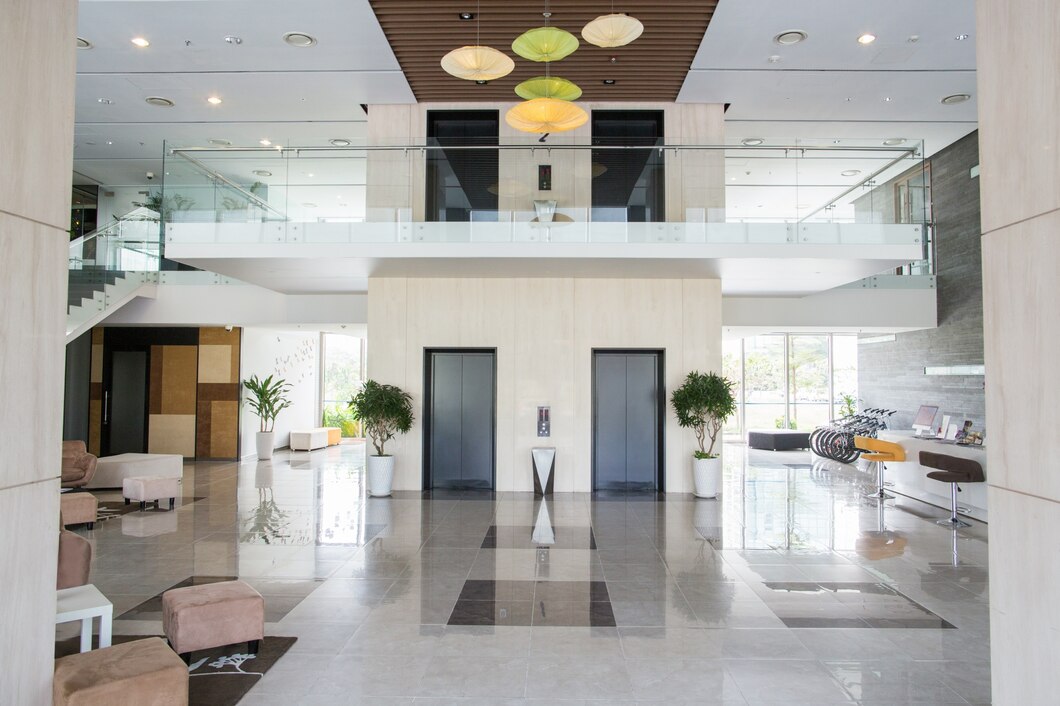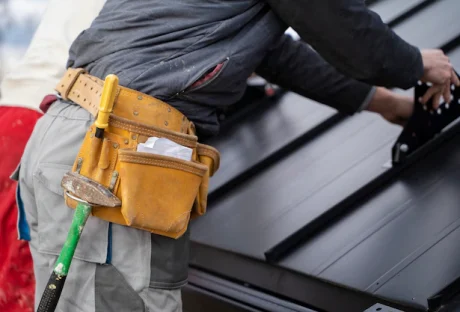In today’s fast-paced world, accessibility is not just a luxury but a fundamental necessity.
Whether it’s navigating public spaces, buildings, or even our own homes, the ability to move freely and comfortably is something many of us often take for granted. However, this seemingly simple task can present significant barriers for those with mobility challenges.
Fortunately, technological advancements have paved the way for solutions that revolutionize accessibility, with lifts emerging as a transformative tool for enhancing mobility. In their various forms, such as elevators, platform lifts, and stairlifts, lifts have become indispensable assets in modern infrastructure.
These ingenious devices offer a range of benefits, from facilitating effortless movement between different building levels to enabling access to previously inaccessible spaces. Beyond the tangible benefits of enhanced accessibility, lifts also foster a more inclusive and empathetic society.
Let us take a closer look into all the possible ways domestic lifts provide ease of mobility and champion the cause of accessibility for all.
Facilitating independent living
Lifts play a significant role in facilitating independent living by allowing individuals to navigate their living spaces and access different levels of buildings without assistance. Maintaining independence within their homes is often a primary concern for seniors and individuals with mobility challenges.
By eliminating the need to navigate stairs, these lifts allow individuals to access all levels of their homes independently, reducing reliance on caregivers or family members for assistance. For individuals with mobility issues, navigating stairs can pose significant safety risks.
Lifts mitigate these risks by providing a secure and stable means of vertical transportation. They also enable individuals to participate fully in social activities, pursue hobbies, and engage with their surroundings without feeling limited by mobility challenges.
Enhancing safety
Lifts enhance safety in various ways compared to traditional methods of vertical transportation. Lifts eliminate the need to navigate stairs, minimizing the risk of tripping, slipping, or falling. Climbing stairs can physically strain the body, leading to fatigue, muscle strain, and cardiovascular stress, especially for those with preexisting health conditions.
Lifts alleviate this strain by providing a comfortable and effortless means of vertical transportation. The lift designs also accommodate wheelchairs, mobility scooters, and other mobility aids, ensuring that individuals with disabilities can access different levels safely and comfortably without the risk of tipping over or getting stuck on stairs.
In emergency situations such as fires or earthquakes, lifts can be used to safely evacuate individuals, especially those with mobility challenges who may struggle to navigate stairs quickly.
Promoting inclusive design
Lifts are vital for promoting inclusive design by ensuring that spaces are accessible to people of all abilities, ages, and sizes. By incorporating lifts, designers create environments that everyone can access and enjoy, regardless of their physical abilities.
Lifts eliminate architectural barriers such as stairs, steps, and uneven surfaces, which can pose significant obstacles for people with mobility impairments. This removal of barriers ensures that spaces are equally accessible to everyone, promoting a sense of belonging and inclusivity.
Moreover, accessible lifts empower individuals with disabilities to move independently within built environments, preserving their autonomy and dignity. Whether it’s installing a home elevator for aging homeowners or integrating platform lifts in heritage buildings, lifts can be customized to meet specific accessibility requirements while preserving the architectural integrity of the space.
Supporting leisure and recreation
Lifts support leisure and recreation by enhancing accessibility and enabling individuals with mobility challenges to participate in various activities and explore recreational spaces. Installing lifts in recreational facilities, outdoor settings, cultural places, and amusement parks allows individuals with mobility limitations to access elevated viewpoints and enjoy all amenities like everyone else.
By providing equal access to leisure and recreational spaces, lifts promote social inclusion and facilitate opportunities for people with disabilities to participate in social activities, connect with others, and build meaningful relationships.
Horizontal and vertical transportation
Lifts for houses contribute to both horizontal and vertical transportation, addressing different types of mobility needs and overcoming various barriers. Lifts are primarily designed for vertical transportation, enabling individuals to move seamlessly between different levels of buildings.
They are designed with spacious interiors, accessible controls, and audiovisual indicators to accommodate individuals with diverse mobility needs, ensuring equitable access for all users. They offer a safe and comfortable mode of transportation, equipped with safety features such as emergency brakes, interlocks, and backup power systems to ensure passenger safety during operation.
By providing a means of horizontal transportation, these lifts also empower individuals with mobility challenges to navigate their surroundings independently, promoting autonomy and freedom of movement.
Improving public transportation
Lifts play a significant role in improving public transportation by enhancing accessibility and inclusivity for a diverse population. Lifts installed in transportation hubs provide an alternative for those who cannot use stairs, ensuring everyone can enter and exit stations safely and independently.
For passengers transferring between different modes of transportation, such as from a subway to a bus or vice versa, lifts make the transition seamless. Lifts also contribute to the safety and security of passengers by providing a controlled and monitored means of vertical transportation.
Removing barriers to public transportation, lifts support the autonomy and freedom of individuals with mobility challenges, enhancing their quality of life.
Empowering employment opportunities
Lifts contribute to the environment by empowering employment opportunities and ensuring equal workplace access for individuals with disabilities. Lifts provide a vital means of accessing different building levels, allowing employees with disabilities to reach their workplaces without barriers.
By providing lifts, workplaces create an inclusive environment where architectural barriers do not limit employees with disabilities, fostering a sense of belonging and equality among all employees. Access to lifts allows employees with disabilities to move freely within the workplace independently, promoting their sense of dignity and autonomy.
Conclusion
Domestic lifts represent more than just convenience; they epitomize the liberation of mobility and the expansion of home accessibility. By seamlessly integrating into residential spaces, these lifts empower individuals with mobility challenges to navigate their homes with ease and dignity.
Beyond functionality, domestic lifts symbolize a commitment to inclusivity, creating living environments where everyone can thrive regardless of physical limitations. Many lift installation providers and contractors ensure that they are mindful of all these inclusions to provide a holistic and practical usage of these machines.
Read Also:






















